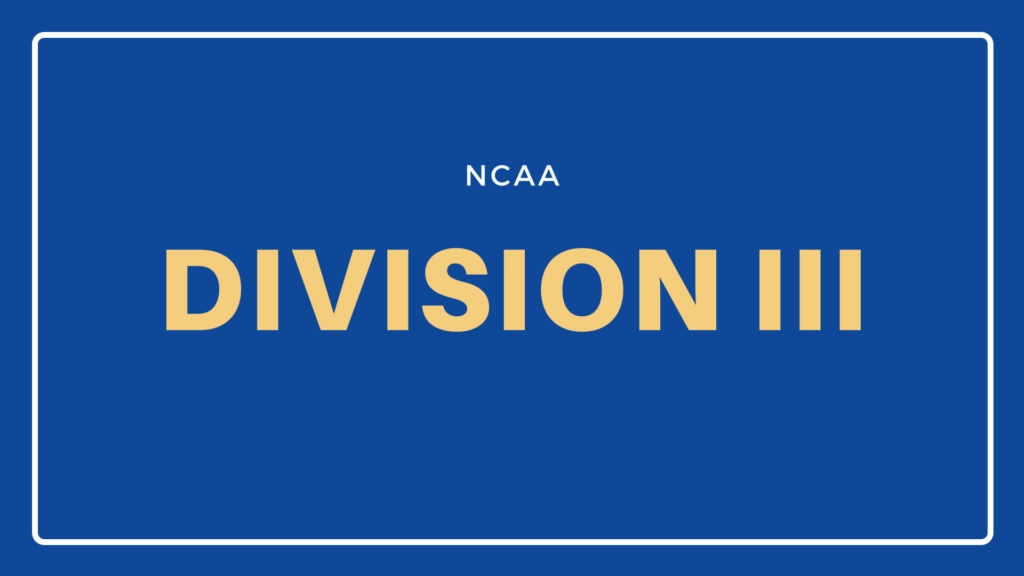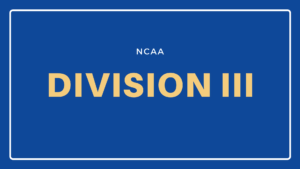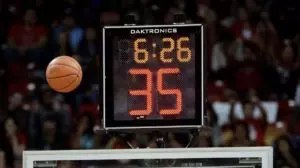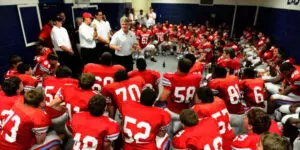Although Division III soccer demands a considerable time commitment, my coach and friends encouraged me to get involved in additional activities at my school. I chose to discontinue acting. However, I know plenty of athletes who were able to balance both their sport and other interests. I did, however, become an active member of the Student-Athlete Advisory Committee (SAAC) and Student Government. I also participated in other extracurricular activities; for example, I was an active member of a club at my school that donated leftover dining hall food to local soup kitchens. Division III athletics allows you and inspire you to get involved on and off the campus.
2aDays spoke with a DIII soccer athlete.
“Division III institutions provide an environment that encourages student-athletes to develop into well-rounded adults. Small class sizes, the ability to participate in more than one sport, and an emphasis on participating in activities outside of the classroom are all hallmarks of the Division III experience.”
Small class size was a significant factor in my college seeking process. I came from a big high school where it was hard to remain visible in the classroom. In college, I truly wanted to gain insight and knowledge on my potential interests; I believe that a small class size allowed me to do so. Moreover, small class sizes can enable athletes to develop a relationship with their professors. I know several athletes, myself included, that have professors supporting them at most of their games. I also know some students that chose to be two-sport athletes in college. As mentioned previously, the Division III experience overall encourages athletes to get involved on campus in several ways.
“Division III institutions expect student-athletes to dedicate themselves to achieving their potential. Student-athletes must manage their busy schedules, keep up with classwork, and face the same challenges as the rest of the student body.”
This step is the most challenging part of being a Division III athlete because you must balance your academics and athletics. However, Division III schools often provide you with the tools to do so, but it's up to you to utilize them. For instance, my school assigns each team an athletic-academic advisor. My coach requires first-year students to meet with the advisor every week, and most of the older students use the advisor on an as-needed basis. Division III teaches athletes valuable skills, such as time management, that can be used throughout college, and once they graduate.
In conclusion, choosing between Division I, II, and III depending on the athlete and the experiences they are hoping to gain from college.
* Originally published on February 16, 2016, by Bryan Sosoo







